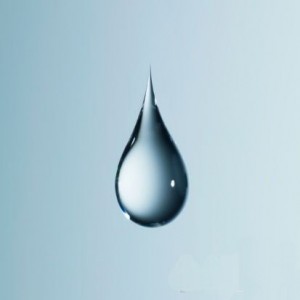Many people would consider that in the process of pellet production, the less the water, the better the pellet quality could be. However, this is not always the case. Water is still an indispensable component in the production of pellets. Only in appropriate proportion, can water comes into play to the largest extent.

Before pelletizing
As we know that after reducing the size of the raw material, there is still a procedure step called drying before feeding into the pelleting machines such as a glass pellet mill. In the drying step, the basic goal is to diminish the moisture content of raw material between 10-20%, and 15% is the optimal. Why we still need to retain certain water in the raw material? One of the purposes is that water can help to provide heat and pressure to soften the lignin, a natural binding agent inside the material, which will make the material particle stick together. Nonetheless, if the water content is too high, it will also bring in horrible effect. Because when the damp material enter the pellet mill, it will generate tremendous pressure, which will even block the hole of the die.
After pelletizing
When the pellets exit the pellet mill, we need to cool off the pellets so that they can become harder. The most simple way is spreading the pellets, but a cooler can help release the heat the water vapour of the pellets in an efficient way. The goal of the cooling is to reduce the moisture content below 10%.


